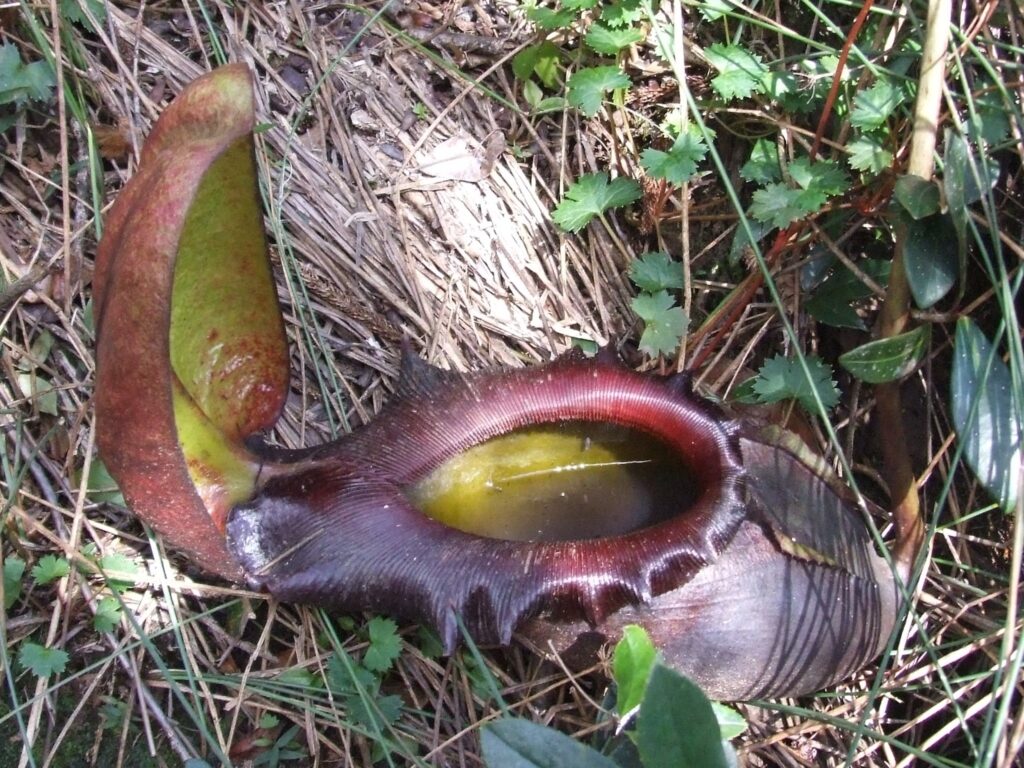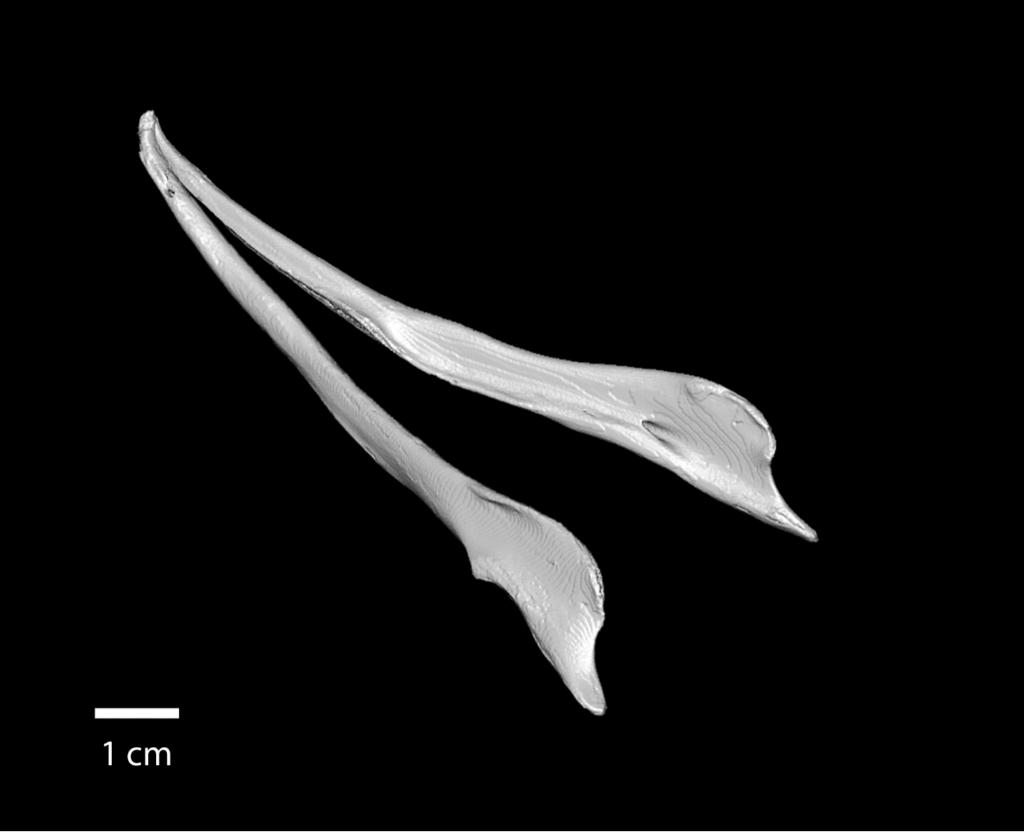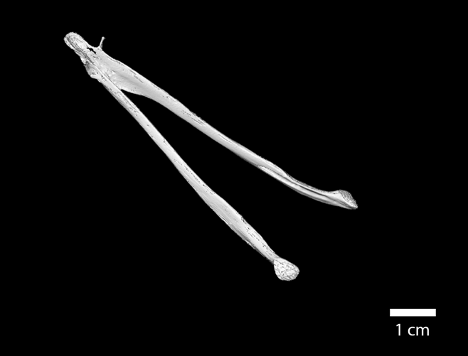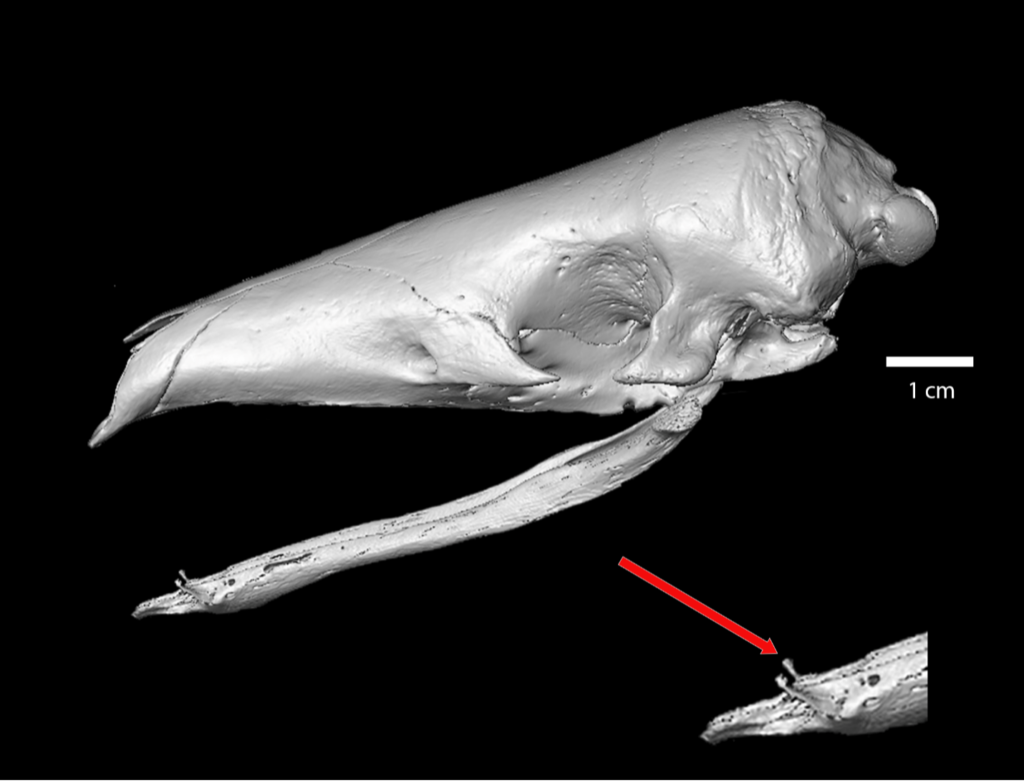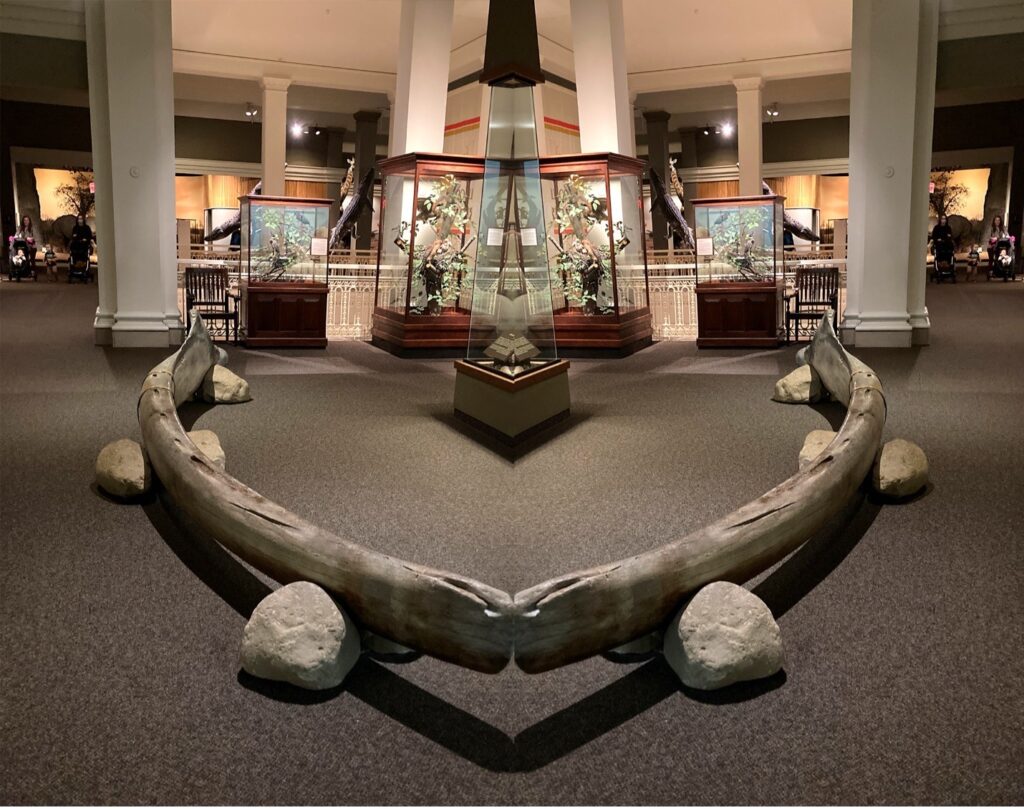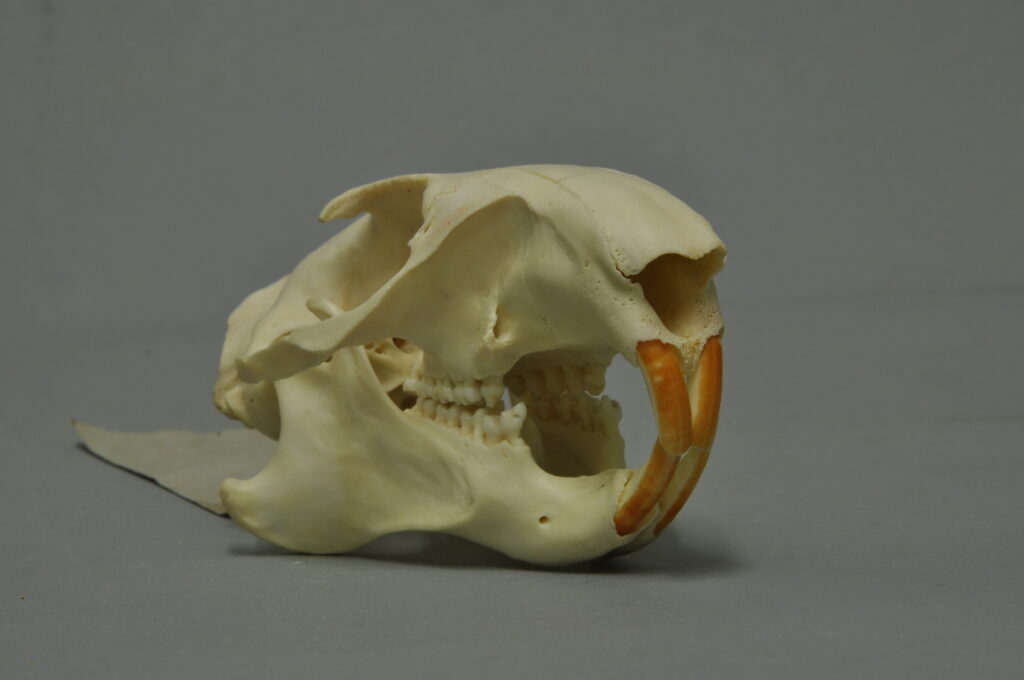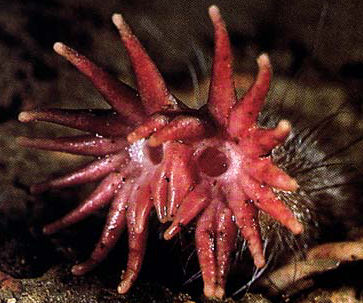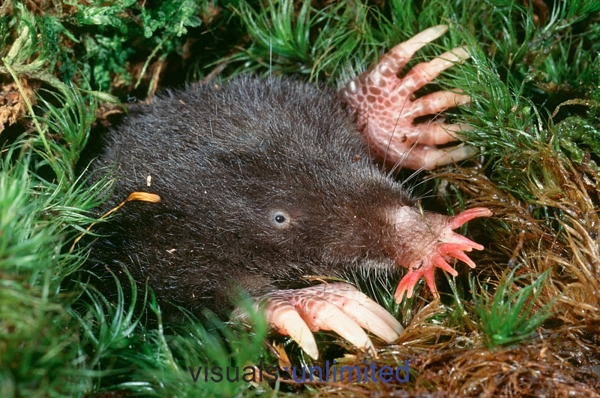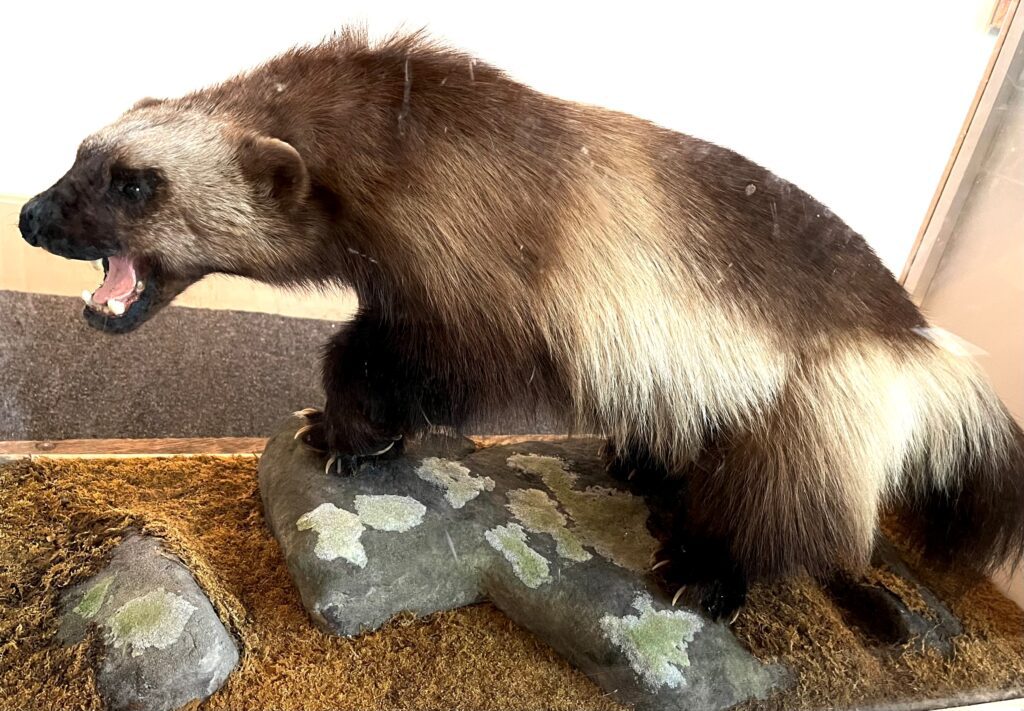by John Wible
In the tenth edition of the “Systema Naturae” (1758), the Swedish botanist and natural historian Carl Linnaeus recognized eight orders of mammals, all of which include species that today are not particularly closely related. His order Bestiae included pigs, armadillos, hedgehogs, moles, shrews, and opossums. Of these, the hedgehogs, moles, and shrews are considered today to form a natural group, with the others coming from very far-flung branches of the mammal tree of life.
For the shrews, Linnaeus named three species of Sorex, Sorex araneus, Sorex cristatus, and Sorex aquaticus, with their habitats Europe, Pennsylvania, and America, respectively. Sorex araneus is recognized today as the common shrew (see image), distributed in Great Britain, much of the European continent, and far into Russia. However, the other two are not shrews, but are moles! Today, we recognize these as the star-nosed mole, Condylura cristata, and the Eastern mole, Scalopus aquaticus (see image). The former has a broad distribution in Pennsylvania with the latter only in the eastern part of the state.
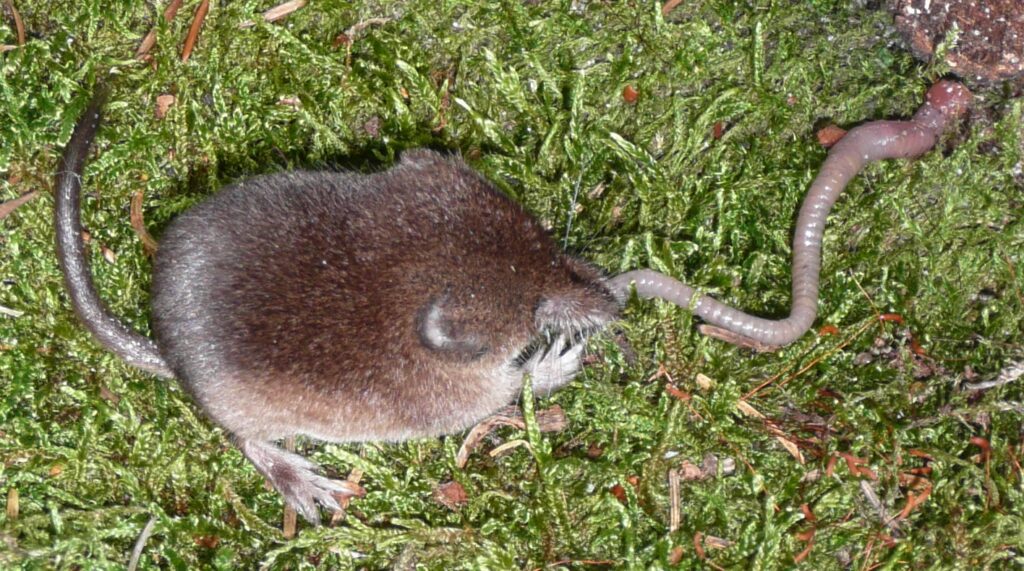

Just before the shrews in the tenth edition, Linnaeus named two species of moles, Talpa europaea and Talpa asiatica, with their habitats Europe and Siberia, respectively. Given the remarkable similarity in body form between the Old World and New World moles, it is surprising that Linnaeus did not recognize these four species (Sorex cristatus, Sorex aquaticus, Talpa europaea, and Talpa asiatica) as closely related.
Regarding the Eastern mole, subsequent nineteenth century authors realized Sorex aquaticus did not belong in the shrew genus Sorex. However, it was bounced around between several mole genera, including Talpa, and it was not until 1905 that the Latin binomial we use today, Scalopus aquaticus, was first used, 147 years after Linnaeus! The formal naming of species is not static, but evolves over time as we discover more about our natural world that causes us to reconsider and reevaluate past practices. Changing the shrew aspect of the common name lagged behind the formal one, as it was not for quite some time that the shrew moniker imparted by Linnaeus disappeared. A halfway point is in the famous 1846 “The Viviparous Quadrupeds of North America” by John J. Audubon and Reverend John Bachman, where they called it the common American shrew mole.
From the short text in the “Systema Naturae” where Linnaeus named Sorex aquaticus, his motivation for identifying the Eastern mole as a shrew is unclear. Equally or perhaps more enigmatic is his motivation for using the specific name aquaticus. A direct translation of Sorex aquaticus is “water shrew,” with the strong implication that this mammal lived in the water or at least spent considerable time in the water. However, Linnaeus did not travel to America and so never saw Sorex aquaticus in the wild. The Eastern mole is a fossorial (burrowing) animal that spends most of its life underground with enormous forepaws for digging. Skin covers its tiny eyes, although it does perceive light and dark, and it lacks an external ear. Maybe its enlarged forepaws were viewed as flipper-like by Linnaeus. Yet, these paws resemble those of the Old World Talpa named by Linnaeus as true moles. In 1936, mammalogist A.V. Arlton stated, “The term “aquaticus,” as applied to our common species refers to the webbed hind feet, which indicated to some early writers a possible use in swimming” (Journal of Mammalogy, 17, p. 355). Unfortunately, Arlton did not name names for these early writers! Consequently, his statement cannot be fact checked. The bottom line is that in his description of Sorex aquaticus, Linnaeus did not mention webbing for either the fore- or hind feet. And ultimately, as the namer of the species, it is Linnaeus’ motivation that we need to know.
There are some general rules for naming new species. For example, you can’t name a new species after yourself. In the Linnean era, the general trend was to apply Latin or Greek descriptors that would capture some aspect of the organism in question, a tradition continued today by most authors. For instance, our species, Homo sapiens, was named by Linnaeus and it translates to “wise man.” While we might debate the appropriateness of that as the binomial for our species, there is no debate that Sorex aquaticus is inappropriate for our ground dwelling Eastern mole.
John Wible is Curator of Mammals at Carnegie Museum of Natural History.
Related Content
Why Do Some Shrews Have Dark Red Teeth?
Star-Nosed Mole: The Nose That “Sees”
Carnegie Museum of Natural History Blog Citation Information
Blog author: Wible, JohnPublication date: August 9, 2024
